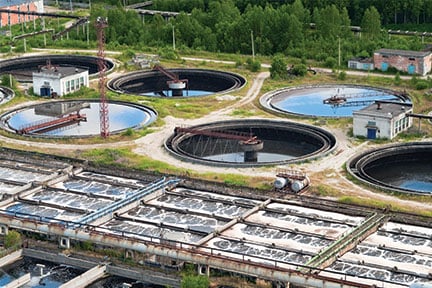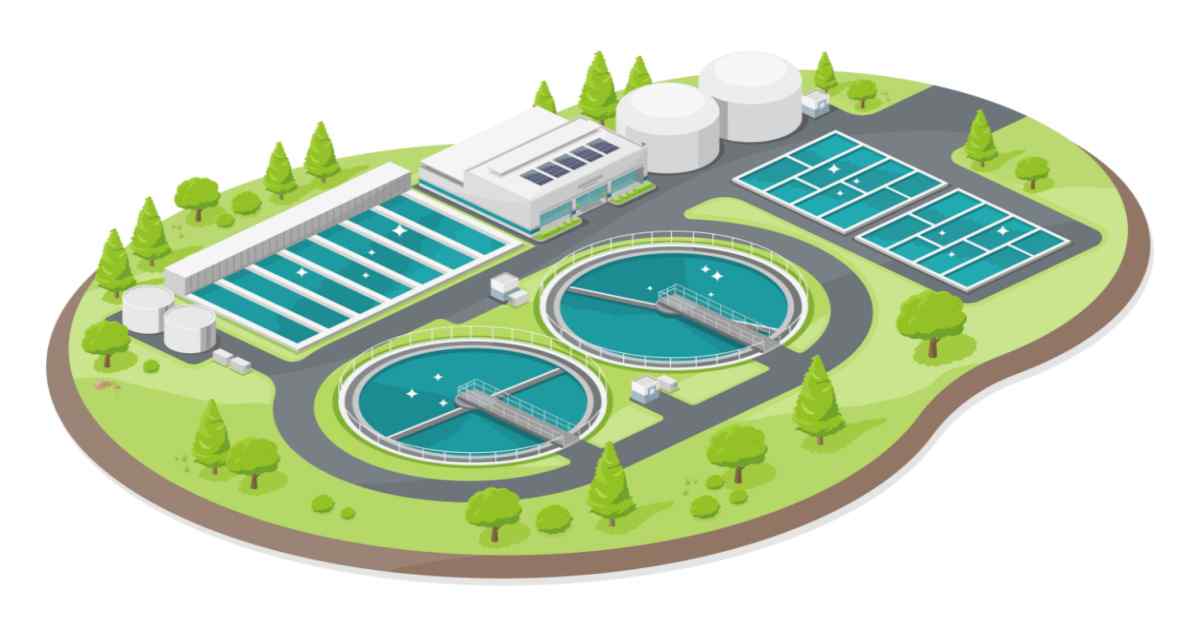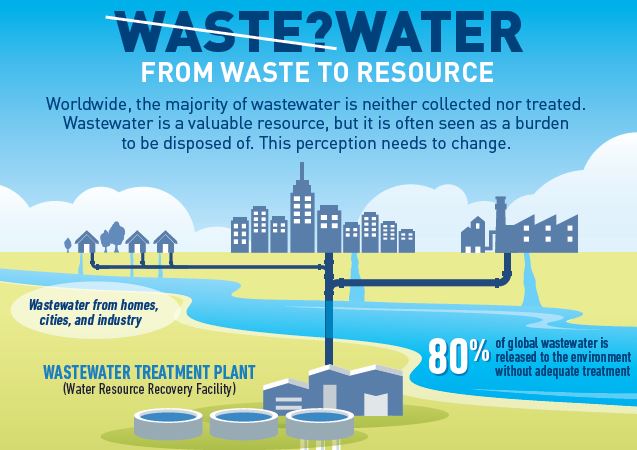Understanding Wastewater Treatment Processes and Their Environmental Influence
The intricacies of wastewater treatment procedures play a critical duty in mitigating environmental obstacles associated with water contamination. Each phase, from initial to innovative therapies, is designed to resolve particular pollutants, eventually protecting both public wellness and aquatic ecosystems. Despite technical developments in treatment performance, significant challenges persist, including the management of residual pollutants and the ramifications of nutrient drainage. As we explore the intricacies of these processes, it ends up being vital to question how much current techniques can progress to satisfy the expanding needs of sustainability and ecological conservation.
Summary of Wastewater Treatment
How is wastewater changed into a secure source for the setting? Wastewater therapy is a critical procedure developed to get rid of contaminants from used water, thereby protecting public wellness and shielding communities. This process starts with the collection of wastewater from domestic, industrial, and industrial resources, which is then directed to therapy facilities.
At these facilities, various physical, chemical, and biological techniques are employed to treat the wastewater. First testing gets rid of large debris, followed by sedimentation to different heavier solids. Ultimately, biological therapies, such as turned on sludge processes, make use of microorganisms to damage down organic issue. These methods not just minimize toxin levels but likewise promote the healing of important nutrients.
The dealt with effluent can be securely discharged into natural water bodies or reused for irrigation and commercial functions, advertising source conservation. Additionally, the therapy process produces biosolids, which can be repurposed as fertilizers or dirt amendments, further improving sustainability.
Stages of Treatment Procedures
The wastewater treatment procedure typically consists of three primary phases: preliminary, key, and second therapy. Each stage serves a distinctive role in minimizing the contaminant tons and making sure the effluent satisfies ecological criteria prior to discharge.

The primary treatment stage focuses on the physical separation of put on hold solids from the wastewater. With sedimentation, larger particles resolve at the end of sedimentation tanks, forming sludge, while lighter materials, such as oils and greases, float to the surface and are skimmed. This process substantially minimizes the natural and inorganic load in the wastewater.
Second treatment is an organic process focused on further decreasing the concentration of organic matter. Various approaches, consisting of turned on sludge systems and dripping filters, utilize microbes to metabolize organic contaminants. This stage is necessary for attaining the essential biochemical oxygen demand (FIGURE) reduction, ultimately resulting in cleaner effluent ready for discharge or further therapy. Each phase is crucial in guarding environmental and public wellness.

Advanced Treatment Technologies
Complying with the second therapy procedures, advanced treatment innovations play an important function in more boosting the high quality of dealt with wastewater. These innovations are designed to get rid of recurring pollutants that are not efficiently removed throughout primary and second treatments, ensuring the effluent meets rigorous regulatory criteria.
Among the widely used innovative therapy approaches are membrane layer filtering, reverse osmosis, and progressed oxidation procedures. Membrane purification, including microfiltration and ultrafiltration, is content effective in dividing great fragments, pathogens, and colloids from the water (Wastewater). Reverse osmosis makes use of semi-permeable membranes to eliminate dissolved solids, causing top quality water suitable for various applications
Advanced oxidation procedures (AOPs) employ solid oxidants to weaken organic pollutants, including pharmaceuticals and personal care items that are resistant to conventional treatment. These techniques improve the biodegradability of intricate substances, promoting their elimination.
One more considerable innovation is making use of organic nutrient elimination processes, which specifically target nitrogen and phosphorus, avoiding eutrophication in getting water bodies. On the whole, sophisticated treatment modern technologies are essential for accomplishing greater levels of purification, promoting water reuse, and guarding public health while resolving the obstacles related to wastewater monitoring.
Ecological Advantages of Therapy
Many environmental benefits emerge from efficient wastewater treatment procedures that add to ecosystem wellness and sustainability. Mostly, these procedures considerably minimize the launch of damaging toxins right into all-natural water bodies, which aids keep aquatic environments. By getting rid of contaminants such as heavy steels, nutrients, and pathogens, treated wastewater minimizes the danger of waterborne diseases and promotes biodiversity in aquatic atmospheres.
Moreover, wastewater treatment facilities typically utilize sophisticated innovations that allow water recycling and reuse. This technique not just conserves freshwater sources but likewise lowers the need on natural water supplies. Improved nutrient elimination from wastewater can also prevent eutrophication, a procedure that leads to algal flowers Bonuses and subsequent oxygen exhaustion in water systems.
In addition, efficient treatment procedures can reduce greenhouse gas exhausts, specifically methane and nitrous oxide, which are usually launched during without treatment wastewater decomposition. By capturing and making use of biogas from anaerobic digesters, centers can convert waste right into renewable power, consequently adding to a decrease in fossil fuel reliance.
Difficulties and Future Fads
While the environmental advantages of wastewater therapy are clear, several difficulties persist that impede optimal results in this field. One major issue is aging facilities, which frequently causes inefficiencies and enhanced operational prices - Wastewater. Lots of therapy plants were designed decades earlier, and their capacities do not align with modern demands, that include more stringent governing criteria and higher quantities of wastewater due to urbanization

Looking ahead, there is a growing emphasis on source recuperation and circular economy principles within wastewater treatment. Technologies such as anaerobic food digestion, which can create biogas, and progressed filtering technologies are acquiring grip. These techniques not only improve treatment performance but also promote sustainability.
Ultimately, addressing these challenges needs cooperation amongst stakeholders, financial investment in technology, and a commitment to ongoing research study. By welcoming these patterns, the wastewater therapy sector can develop to meet the needs of a changing setting and culture.
Final Thought
Finally, wastewater treatment procedures play a vital role in boosting ecological high quality and public health and wellness. The multi-stage treatment framework, coupled with sophisticated technologies, successfully reduces contamination and advertises sustainable water monitoring. By dealing with recurring impurities and lessening vitamins and mineral drainage, these processes add to the conservation of water communities and the reduction of greenhouse gas discharges. Proceeded improvements and adjustments in treatment approaches will be browse this site essential for conquering emerging challenges and making certain the sustainability of all-natural sources (Wastewater).